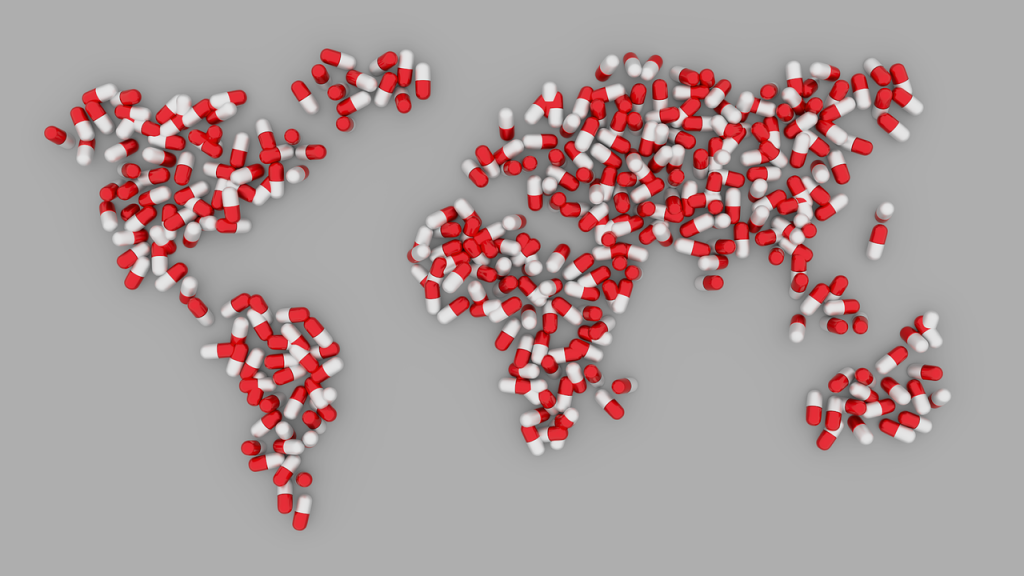Pharmaceutical AI Poses Serious Societal Dangers
Pharmaceutical AIs can change the world, but change it in ways that might not be worth the risk.
This article is more than 2 years old

AI is getting a lot of attention lately. With many different industries trying to cash in on automated ventures, robots definitely seem closer to the present than the distant future. The medical industry has invested in pharmaceutical AI for more mindless tasks like paperwork and prescription filling. But what if automated technology could be manipulated for dubious purposes? This particular pharmaceutical AI has researchers quaking at its extraordinary yet hair-raising abilities.
Researchers discovered a pharmaceutical AI explicitly designed for drug development could also identify bioweapons correctly. These researchers published their findings in Nature Machine Intelligence, where they taught this specific robot how to identify 40,000 weapons in six hours. The discovery that a particular AI can accomplish multiple tasks wasn’t too surprising, but its potential to be used as a weapon itself was hugely alarming. This brings up many issues with integrating robots into present industries and the possibility that they could be manipulated.
The paper, titled “Dual use of artificial-intelligence-inspired drug discovery,” was discussed at a conference in Switzerland. Throughout the conference, organizations spoke on potential biological, nuclear, or chemical hazards to the country and the globe at large. The researchers who trained the pharmaceutical AI wrote about their discoveries and the unlimited potential robots can have.
Part of the paper discussed the researchers’ initial thoughts and how they believed a pharmaceutical AI could become a bioweapon. The researchers’ work revolves around “building machine learning models” prepared to identify chemicals during drug testing. If the AI can identify compounds when instructed, could it also be required to acknowledge other materials? Once this question arose, there was no going back, and the study was able to show how intelligent AI can be used for progress or destruction.

This particular pharmaceutical AI is called a de nova molecular generator, built through a collaboration between North Carolina and Switzerland scientists. The robot starts by generating different compounds based on data imported by the researchers. When the generator creates a suitable, helpful combination, the robot is rewarded. When the generator makes a harmful compound, the robot is reprimanded.
The model of good vs. evil instantly unnerved these researchers. If the robot’s reward was switched, it could potentially excel in identifying toxic compounds instead. This is exactly what the researchers explained in their paper, reversing the generator to see if their hypothesis was correct. Low and behold, the pharmaceutical AI was able to recognize dangerous compounds, displaying how quickly a robot can transition into a weapon.
Other than mass destruction, pharmaceutical AI also has the potential to create. A writer named Alley Wurds utilized language processors to co-write a book, exploring robot-written essays about philosophies in the virtual world. The writing is natural and poetic, making it almost impossible to identify which parts were written by a human or robot. Though AI can be utilized to identify poisonous compounds, this author showed how it could also unlock a new space for art and creativity.
Pharmaceutical AI is just around the corner for the US. Fortunately, researchers are taking the time to ensure powerful, automated technology will be tested for dangerous outcomes before its general use.






